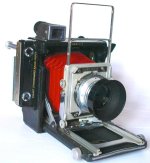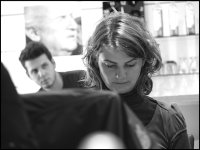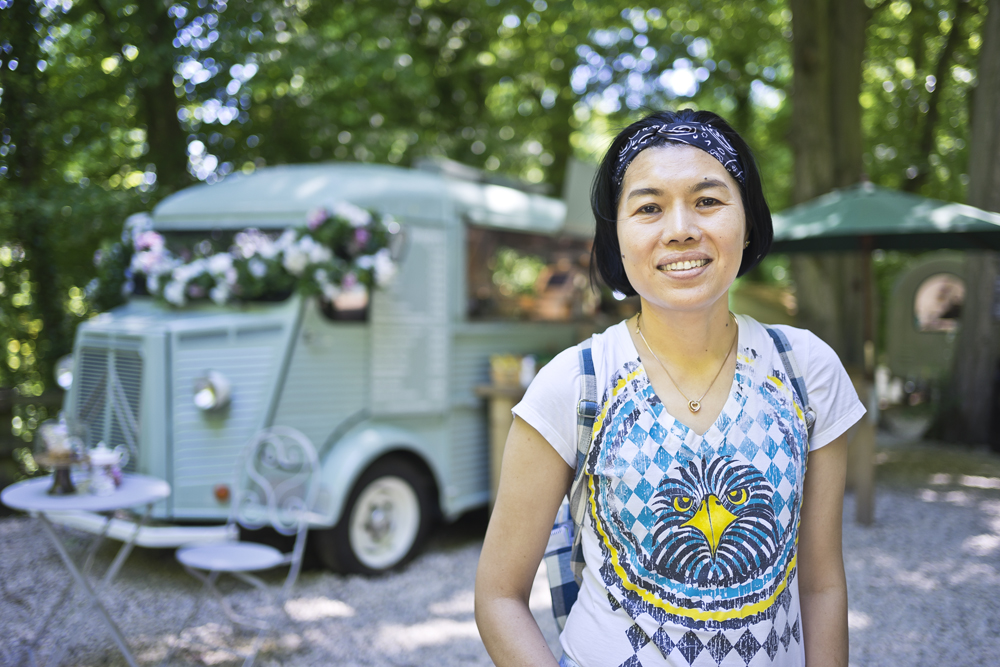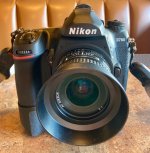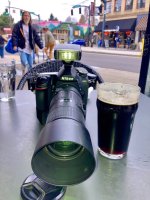Indeed.
It is possible to match FF with MFT (and APS-C) in terms of depth of field, you need only apply the same crop factor to the F stop as one does to lens to get the equivalent. Northrup did a video on this not too long ago. While not 100% perfect, it is more than close enough. This works up until a point however as when you have a FF lens shooting at f1.4 you would need an MFT lens at f0.7 to get an equivalent depth of field, this sort of lens likely does not exist for MFT or if it did would likely be ruinously expensive... I would imagine kind of like Leica's Noctilux f0.95

While I am in the "FF" is more flexible camp, but while you may not be able to match the shallowest depth of field, in "everything kept the same" comparisons, that isn't how people take photographs in the real world, and while useful to know, for most (many) people it isn't really that relevant.
To start with, a lot of the time, it's a "lack of depth of field" that is the problem. Landscapes, close ups, telephoto shots of birds and sports etc are all subjects where you are usually looking for more depth of field, not less. I will explain the last example as there is often concern about not getting a soft enough background with bird photographs when using MFT. But even with MFT, long lenses (see below) still give pleasantly blurred back grounds, and the small amount of extra depth field increases the chances of eyes and beaks both being in focus.
With portraits, and I know this isn't always possible, you have a couple of options. The first is to simply increase the distance between your subject and the background, and to choose your background carefully, ie avoid strong patterns, or try to get the background in shadow etc
The second is to move further away and use a longer lens. Although focal length has no direct impact on depth of field, by moving further away you change the relative magnification of the subject and the background, which results in a softer background.
There is nothing novel about these portrait techniques, as they have been used by portrait photographers for ever, they just become more important when you are using small sensor cameras and need to be more careful with how you manage your backgrounds.
The increased flexibility of FF (and f1.4 lenses) is that, when needed, it's easier to increase depth of field than reduce it i.e, stop the lens down more and use a higher ISO or use a tripod with a slower shutter speed (but that isn't always an option).
I'm not arguing there aren't any situations when the reduced depth of field capability of FF isn't of value, but generally, for most users, I think it's importance is exaggerated. Only for the very few, is it a good reason to avoid MFT.
Finally, as you suggested, the calculations show there is a 2 stops difference in depth of field between FF and MFT. One stop difference between APS and MFT.
However, In practice, it never works exactly as calculated.
Depth of field is a bit of an allusion brought about by how the human eye resolves detail, meaning that different circumstances can effect our perception of "apparent" depth of field
For example, Very sharp lenses can give a extremely well defined plane of focus that give the impression of very limited depth of field. For a similar reason digital sensors give less depth of field than film did.
Low contrast, low detail subjects can give the impression of greater depth of field, where as high contrast, high detail subject can make the fall off in depth of field more noticeable.
I've found that the only way to get to grips with depth of field is to take lots of photographs and pay attention to what happens when you change aperture, subject distance, background distance, types of background, types of lighting and types of subject. The calculations can still be useful as a starting point.
I've used sensor sizes from 1" to full frame, and film cameras from FF to 7x5, and in all the comparisons I've made the "practical" depth of field has only ever "very approximately" followed the theory.




